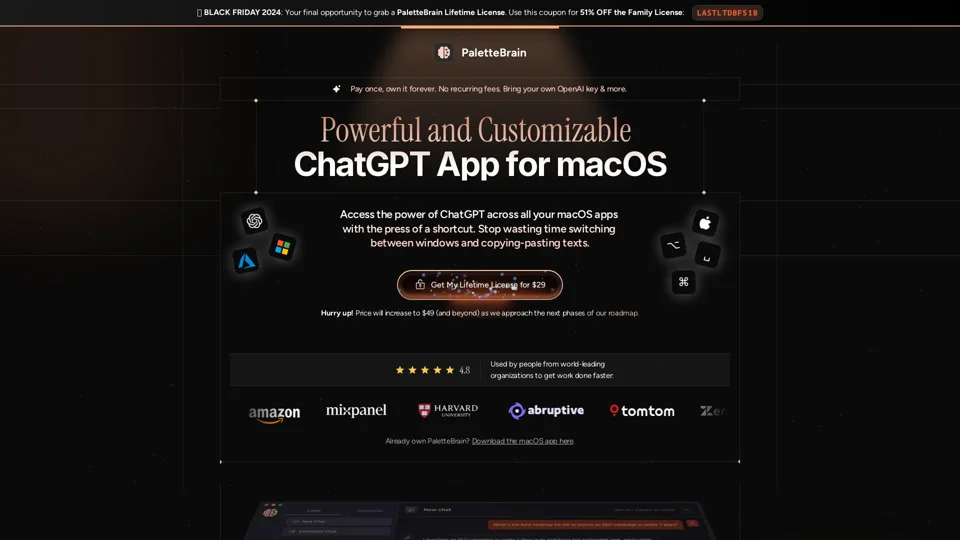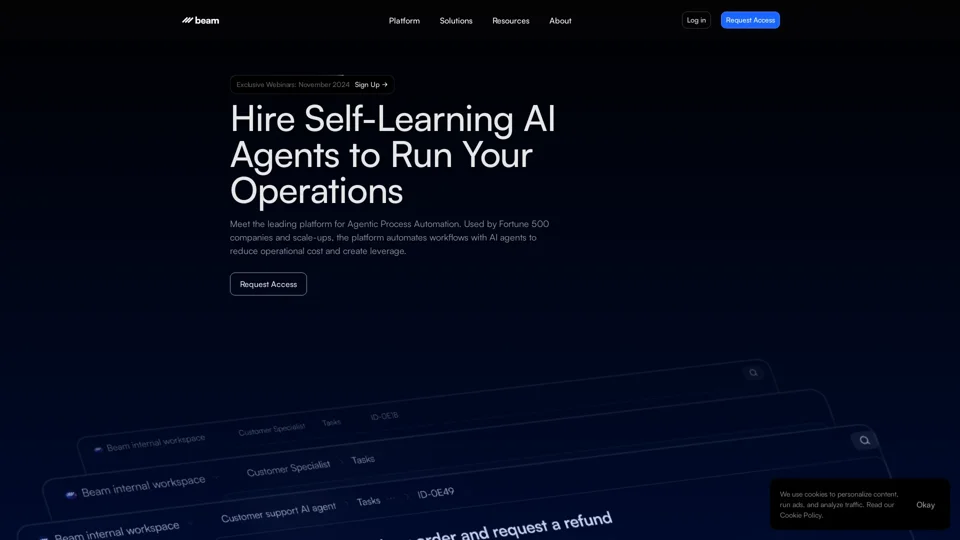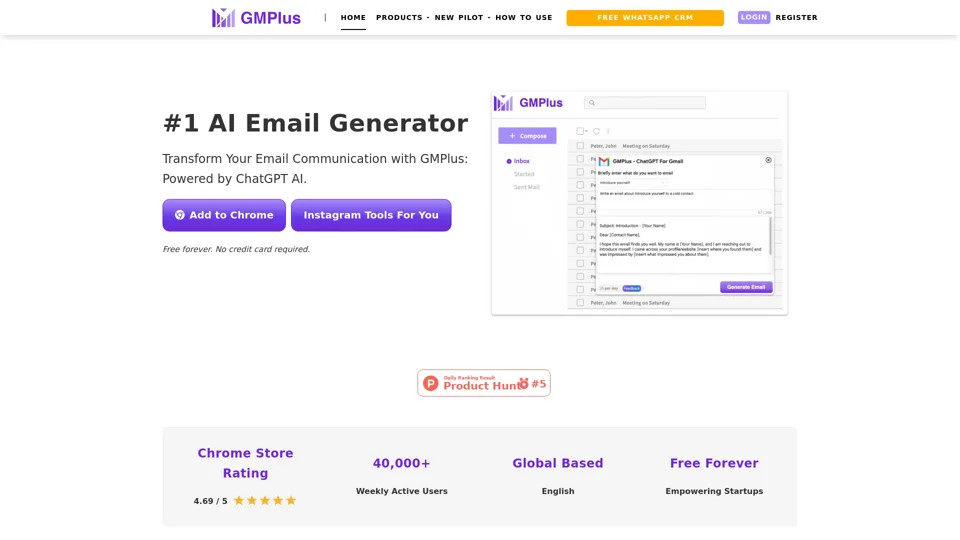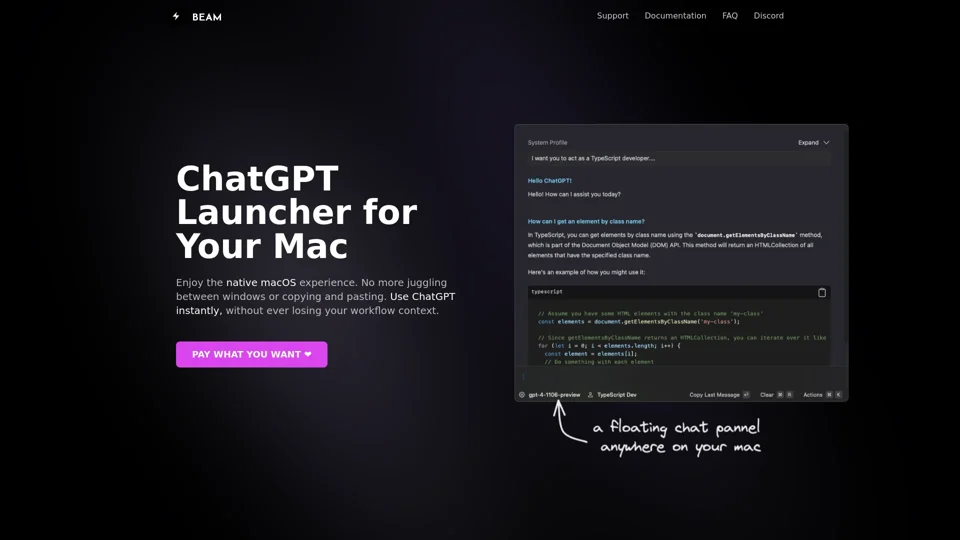What is Whisper as a Service (WAAS)?
Whisper as a Service (WAAS) is a GUI and API for OpenAI Whisper that allows users to upload and transcribe audio or video files. The platform provides a queuing system for efficient processing of transcription jobs.
Features of Whisper as a Service (WAAS)
- Supports multiple models for transcription, including tiny, base, small, medium, and large
- Allows users to select the language and model for transcription
- Provides options for output formats, including JSON, timecode_txt, txt, vtt, and srt
- Offers a webhook response feature for receiving transcription results
- Supports NVIDIA CUDA acceleration for faster processing
- Includes a GUI for easy upload and transcription of audio or video files
- Offers a queuing system for efficient processing of transcription jobs
How to Use Whisper as a Service (WAAS)
- Install the required dependencies and set up the environment
- Create a
.envrcfile with the necessary environment variables - Add a
allowed_webhooks.jsonfile to the root folder with valid webhooks and tokens - Run the
docker-composecommand to start the containers - Use the API endpoints to upload and transcribe audio or video files
- Use the webhook response feature to receive transcription results
Pricing
The pricing information for Whisper as a Service (WAAS) is not publicly available. However, the platform offers a free version with limited features and a paid version with additional features and support.
Helpful Tips
- Make sure to install the required dependencies and set up the environment correctly
- Use the
docker-composecommand to start the containers - Use the API endpoints to upload and transcribe audio or video files
- Use the webhook response feature to receive transcription results
- Refer to the documentation for more information on using the platform
Frequently Asked Questions
-
How to fix [SSL: CERTIFICATE_VERIFY_FAILED] certificate verify failed: unable to get local issuer certificate?
- Run the command
$ /Applications/Python\ 3.7/Install\ Certificates.commandto fix the issue
- Run the command
-
How to run tests outside the docker container?
- Make sure you have fired up the Redis using
docker-composeand then use the commandENVIRONMENT=test BASE_URL=http://localhost REDIS_URL=redis://localhost:6379 pytest -vto run the tests
- Make sure you have fired up the Redis using






